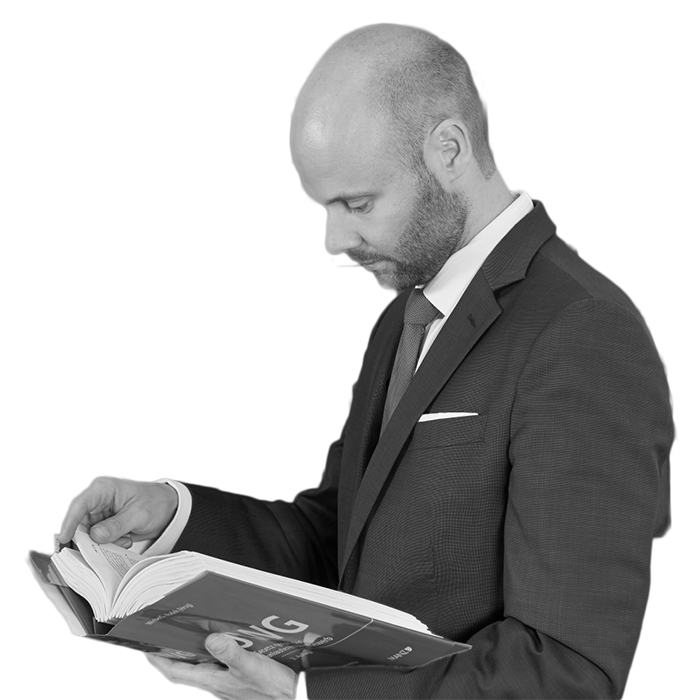Fault is deemed to exist if the injuring party can be blamed for the conduct. Conduct is personally (subjectively) reproachable if one could expect from the injuring party that he acts lawfully. This ability does not exist, in particular, if one was not able to see the injustice of the act due to one’s mental abilities (incapacity to commit a tort).
As a rule, the capacity to commit a tort depends on age and mental state. Thus, children are incapable of committing a tort until they reach the age of 14. Mental illness or other profound disorders of consciousness also preclude the capacity to commit a tort.
A distinction can be made between different forms of fault, which are particularly relevant for the calculation of damages:
- Intent:
Intent is understood as the conscious and deliberate bringing about of the result in awareness of the unlawfulness.
- Negligence:
If one acts negligently, one disregards the required care. There is a further distinction between gross and slight negligence. Slight negligence occurs when someone makes a mistake that even a careful person can occasionally make. However, if the mistake would never happen to a careful person, it is gross negligence.







